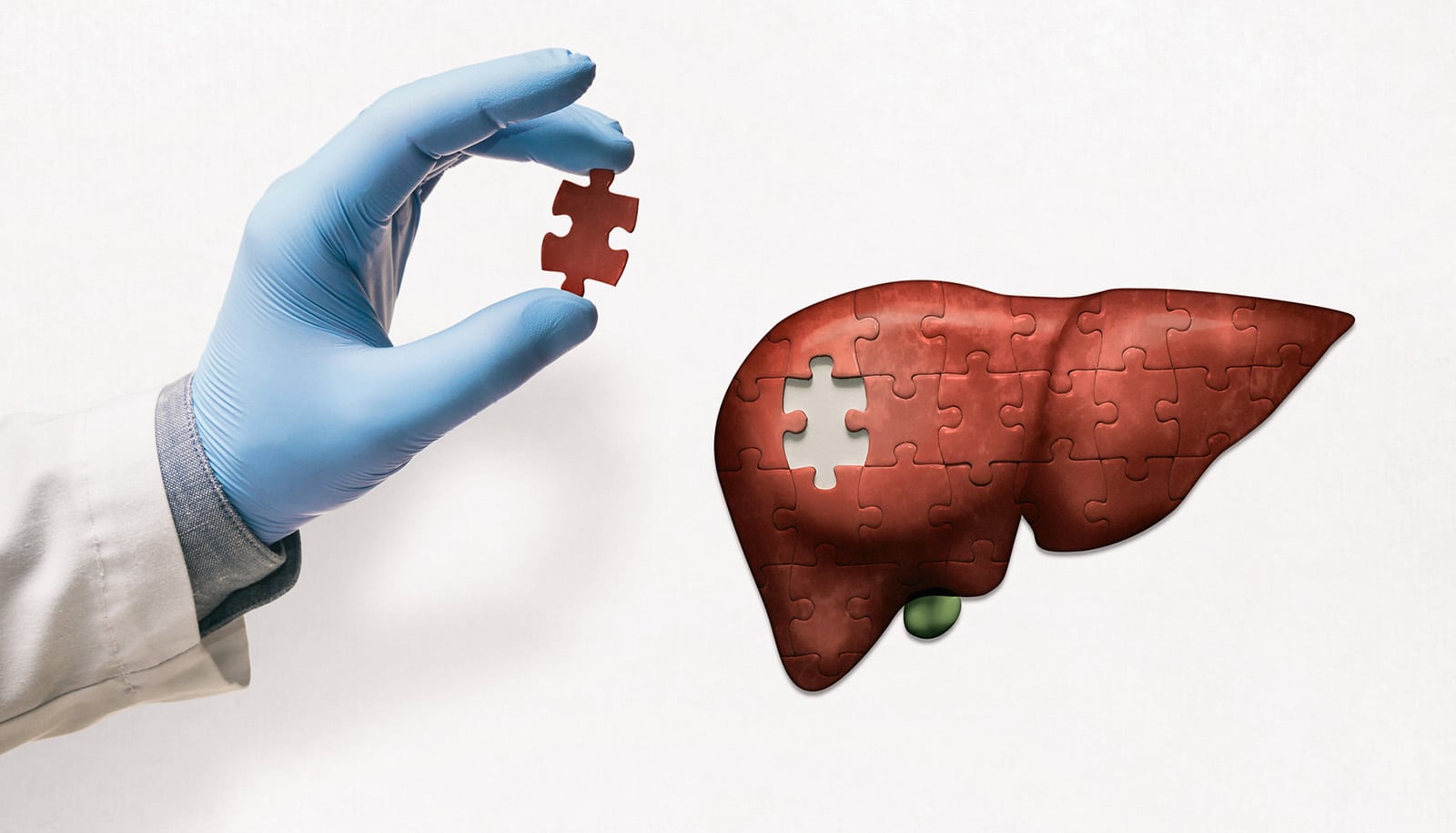Researchers have identified the cause of an inherited metabolic disease, Glutaric Aciduria Type I, common among people with Lumbee and other Native American heritage.
Their results overturn decades of settled science and point to new, more effective therapies.
The finding, publishing in the journal Science Translational Medicine, shatters the textbook explanations for how a type of protein breaks down in a child’s brain, becoming toxic and leading to potentially fatal neurological problems.
Current literature describes the toxic substances as being produced in the brain in Glutaric Aciduria Type I (GA-1), and instead of arising elsewhere and crossing the blood-brain barrier.
Treatments for the condition, including a strict, low-protein diet, have limited success. Up to a third of children with the condition suffer long-term neurologic damage and some die.
Because other metabolic disorders have been shown to break down proteins in the liver and then cause brain damage, the researchers reopened the science into GA-1. The work was led by senior author Karl-Dimiter Bissig, an associate professor in Duke University’s departments of pediatrics, medicine, biomedical engineering, and pharmacology and cancer biology.
Bissig and colleagues launched experiments in mice specially bred to have GA-1. They found that catabolites—the residue left by the breakdown of an essential amino acid called lysine—accumulate in the liver and do cross the blood-brain barrier. This leads to a toxic build-up of glutaric acid in the brain, causing nerve damage that impacts motor skills.
The researchers were able to cure the condition in mice with either a liver transplant or CRISPR gene-editing technology. Other liver-targeted gene therapies might also be effective and could be administered once in a lifetime.
“The original experiments led to the interpretation that the toxic catabolites were produced locally in the brain,” Bissig says. “What our work demonstrates is the importance of challenging paradigms, particularly as new technologies and research approaches are available.”
Bissig says inadequate measures to address different mutations in specific populations are leading to health disparities. People with Native American, Amish, and Irish heritage have high susceptibility to GA-1, which can be identified during newborn screenings; the genetic variant common in Lumbee populations seems to cause the most damaging disease.
Because states decide what diseases are included in newborn screenings, GA-1 goes undiagnosed if it’s not part of a state’s chosen screening panel. Screenings could also be missed if babies are delivered at home.
While early diagnosis and a low-protein diet have been lifesaving, the benefits are concentrated in Amish- and Irish-heritage children, who have historically had better access to health care services than Native Americans.
“With a better understanding of this disease, we can now work to develop treatments that are more effective and easier to access,” Bissig says. “It’s much easier to treat the liver than the brain. We are now working to advance the more efficient and convenient therapies.”
The study received funding support from The Alice and Y. T. Chen Center for Genetics and Genomics; the National Institute of Diabetes and Digestive and Kidney Disease; the National Heart Lung and Blood Institute; and the National Institute of General Medical Sciences.
Source: Duke University



